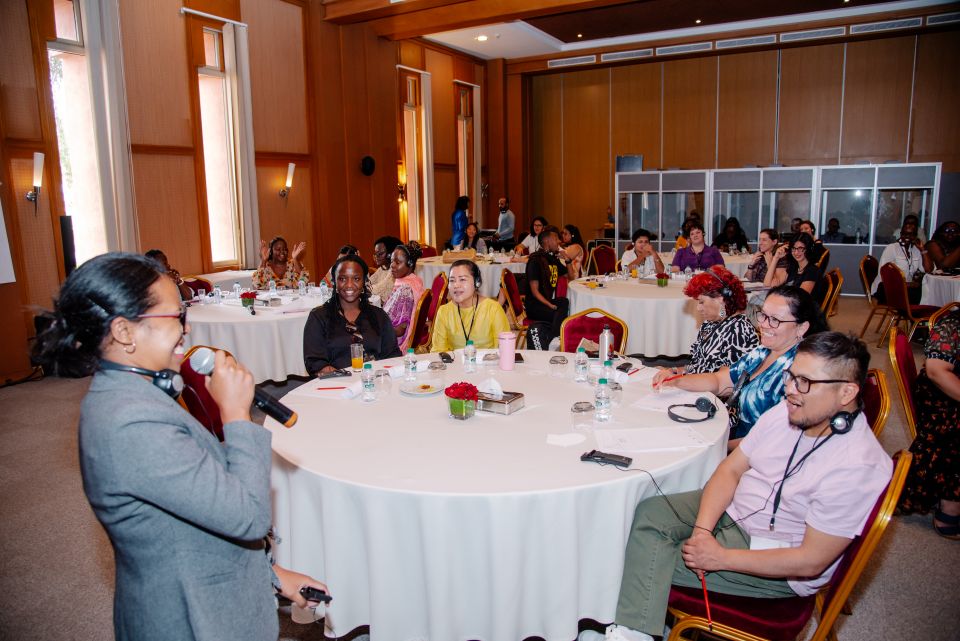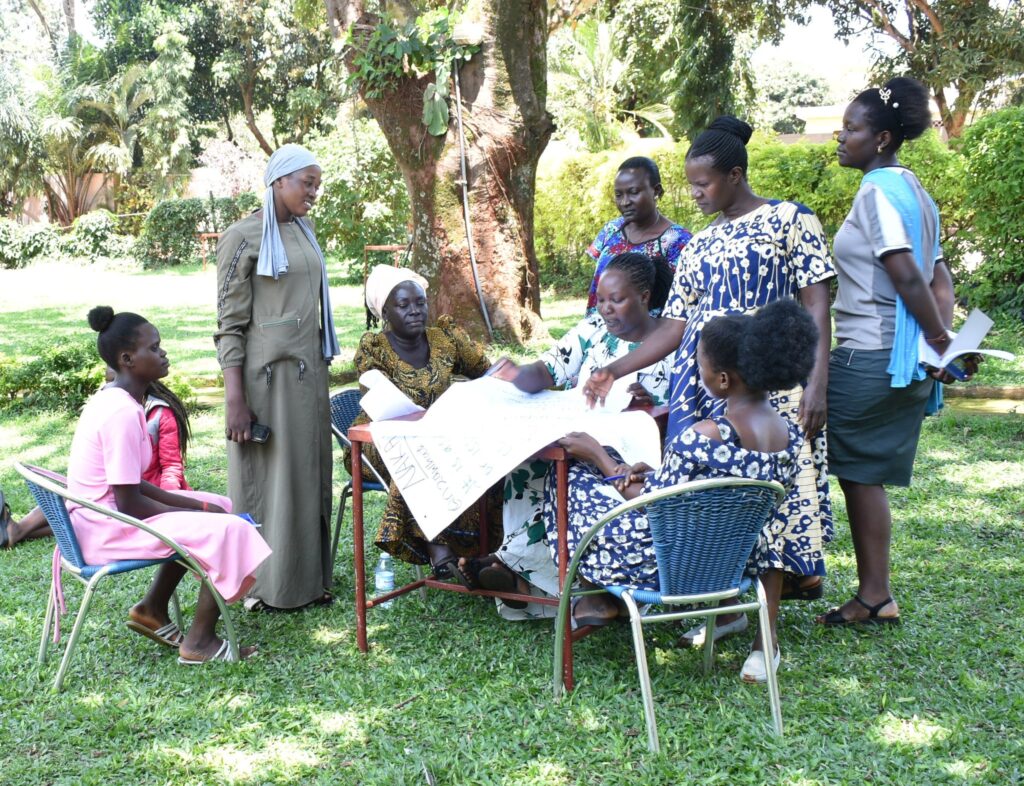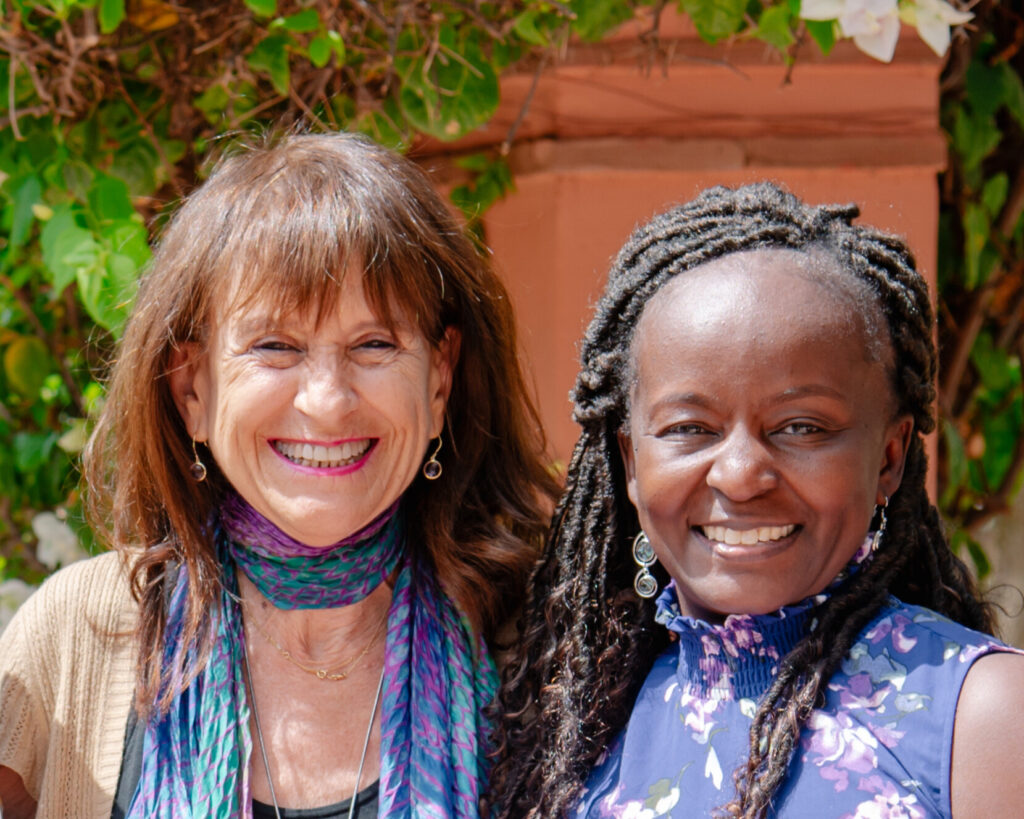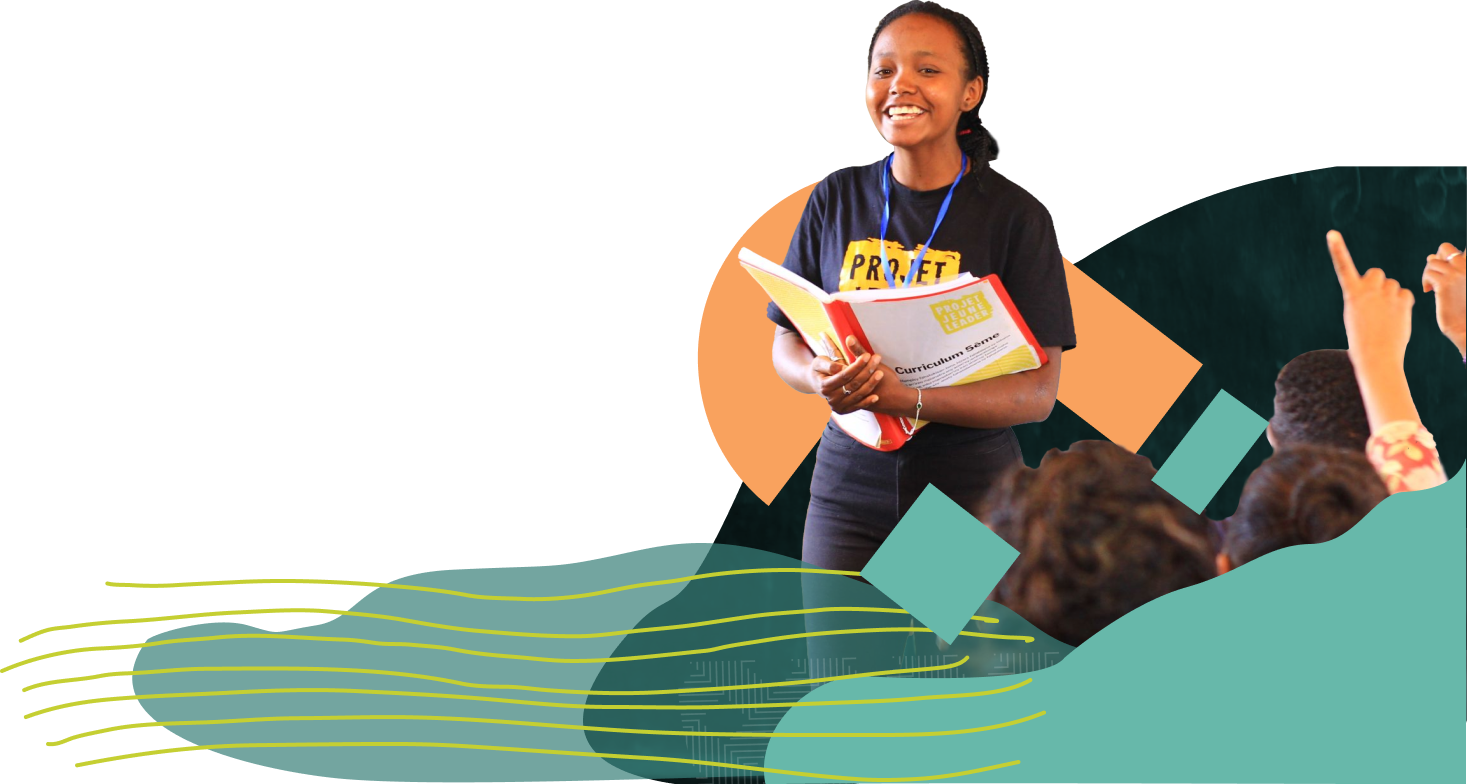Evaluation as a Tool for Learning: Harnessing Measurement for Change
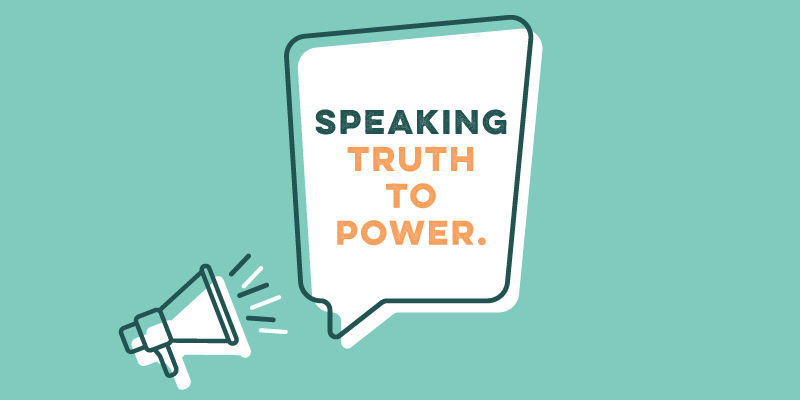
This year, the American Evaluation Association (AEA) conference theme was, “Speaking Truth to Power.” After 15 years conducting research and evaluating programs, I’m always thrilled to be able to talk through methods, the latest ways of sharing data, and systems, with like-minded people. However, this conference theme is especially relevant to the work I do as the Senior Advisor for Monitoring, Evaluation, and Learning at WomenStrong International.
WomenStrong’s commitment to enable and nurture the voice of grassroots organizations and their beneficiaries has only come to fruition by providing capacity strengthening, financial support and a platform for sharing knowledge. For example, WomenStrong Consortium member Women’s Health to Wealth (WHW) in Ghana has participated in site exchange visits with other members, to share what they have learned and how they operate, and has received support to use a new online tool for tracking their program performance. And we have learned from our members, as well, increasing our focus over the years on documenting their work, or their truth, so that they can advocate with decision-makers and, importantly, share lessons learned, tools, and approaches with each other.
While the AEA conference may not offer many photo opportunities or easily understood tweets for the casual observers, the sessions brought into focus the ways in which we can speak, what is truth, and how to engage those with power.
I’ll start with truth: engaging beneficiaries – in the case of WomenStrong, a girl participating in a club, or a woman joining a savings and loan group – in program design and evaluation amplifies their voices and ensures that programs are set up for success. This is not just a job for those who design these vital programs or for those who implement them. As shared by Meredith Saggers of Land O’ Lakes’ non-profit arm, monitoring and evaluation (M&E) is done best when it is included in everyone program staff’s job description. Without thoughtfully and rigorously capturing the truth, or data, we may hamstring our ability to persuade others to use this truth for change.
Several methods were emphasized, including using photovoice (providing potential program beneficiaries, in this case young people, with cameras to document their experiences and perceptions), to ensure they are involved in program design. Women for Women International shared how life histories collected through qualitative in-depth interviews were used to elicit the experiences and voices of women survivors of conflict and war, allowing for a deep understanding of crucial moments in their lives. In addition to giving voice to women’s experiences, this type of information can be used to improve program activities by drawing out what led women to participate and succeed in a program.
These types of participatory techniques are especially useful in our work supporting girls’ education and empowerment. For example, Alice Visionary Foundation Project (AVFP), based in Kisumu, Kenya, is among our consortium members working to empower and educate girls. Through the Girls’ Empowerment Clubs AVFP facilitates, girls have gained confidence and self-esteem and have learned about critical topics ranging from adolescent sexual and reproductive health, to financial literacy, to human rights.
But how do we know this? While it is necessary to gather information about what was done, including the number of trainings and participants, we also know the importance of capturing and sharing girls’ voices, both to guide the program and to advocate with decision-makers that they take on issues important to Club members.
From here we can talk about speaking truth. Engaging stakeholders and beneficiaries in gathering truth is an imperative step in the process, but to speak that truth to power ensures that the data do not remain in a database or donor report. Instead, data are used to help improve programs, can be shared and understood by others doing similar work, as our knowledge-sharing activities attest, and can also be used to advocate among decision-makers. Drawing on best practices and using feedback from WomenStrong members such as AVFP, we have developed a Strong Girls Make Strong Women Girls’ Club Handbook, now being launched in Kenya and Ghana. We know that this Handbook can be useful to other organizations working with girls. We also know that in order to understand our Handbook’s impact on girls’ lives, we need to receive data from users about its effects, including successes, gaps, and areas for improvement. Most importantly, these data need to be in available in useful form to implementers who can further improve those activities, as well as to key stakeholders in the community, such as parents, teachers, school administrators, and government actors working in areas that affect girls’ lives.
Finally, power. Who has power? How do we get those with power to understand, trust, and ultimately use the data to improve the lives of women and girls? In addition to using rigorous, appropriate methods to gather information, AEA sessions focused on using data for decision-making were particularly eye-opening. Specifically, discussions about how best to engage decision-makers helped attendees consider how to use their data to influence change, highlighting the importance of knowing one’s audience and adapting how we speak to better influence that audience. While this often involves good data visualization, an even more challenging aspect is knowing the perspective of the decision-makers and where they are coming from.
Thinking again about the girls in Kisumu, how do we set them up for success so that their improved confidence and self-esteem, knowledge, and skills can be nurtured by their families and communities? How do we make sure that a girl who wants to stay in school but lacks sufficient financial support to cover her school fees can continue her education? How do we convince decision-makers to make sure that she has this chance? With only 41.6 percent of Kenyan girls attending secondary school (Unicef, 2015), this is a complicated issue with no easy answer. However, we will continue to amplify girls’ voices, thereby enabling them to speak truth to power and advocate for change.
